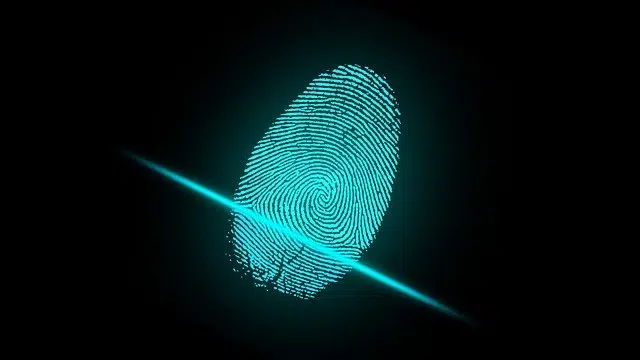
A fingerprint makes it possible to identify a person.
Before proceeding to analyze the meaning of the word identification that concerns us now, we are going to determine what its etymological origin is. Specifically, upon studying it we discovered that it emanates from Latin and more specifically from the sum of two particles: the noun identitas , which is synonymous with “identity”, and the verb facere , which can be translated as “to make”.
Identification is the action and effect of identifying or identifying oneself (recognizing whether a person or thing is the same as what one is looking for, making two or more different things considered as the same, coming to have the same beliefs or purposes as another person, give the necessary data to be recognized).
Identification and identity
Identification is linked to identity , which is the set of characteristics of a subject or a community . These traits characterize the individual or group compared to others. Identity is, on the other hand, the consciousness that a human being has regarding himself.
For psychology , identification is the consistent image of the subject about himself , formed by abilities, beliefs, etc. This image is built throughout life, although the process is particularly active during adolescence.
Psychoanalysis adds that identification consists of the assimilation of a property or attribute of another person, transforming oneself. The various identifications of a subject make up their personality.

Having visible identification is common in different contexts.
Document or credential
The official document or credential that allows a person to be identified is also known as identification. This document can be a DNI (National Identity Document), an ID or a registration , depending on the case. For example: “If you don't show me your identification, I can't let you pass,” “Sir, I need your identification to complete the procedure.”
Generally, security forces such as the police are empowered to ask for identification of people in public spaces.
Within the workplace, it must be emphasized that there are multiple jobs and entities that choose for their employees to carry identification with them at all times, in the form of a card or ID. With it, they will not only be able to be recognized by clients and other colleagues, but they will also have the possibility of accessing those areas that are restricted for security or privacy.
Thus, for example, among the professions that choose to need such identification are police officers, doctors or researchers.
Unique Labor Identification Code
In the same way, within the workplace, we should highlight the fact that there is another important term that uses the word in question. We are referring to the Unique Labor Identification Code. The state agencies in charge of that sector are the ones that carry out the creation of this aforementioned code in order to identify each of the workers who are part of the pension and retirement systems.
Specifically, we can determine that this number is made up of the numbers on your national identity document, a prefix and another verification type digit.
